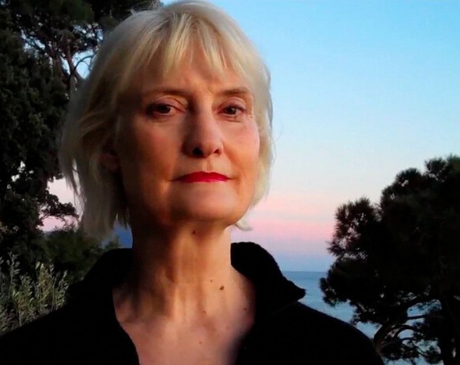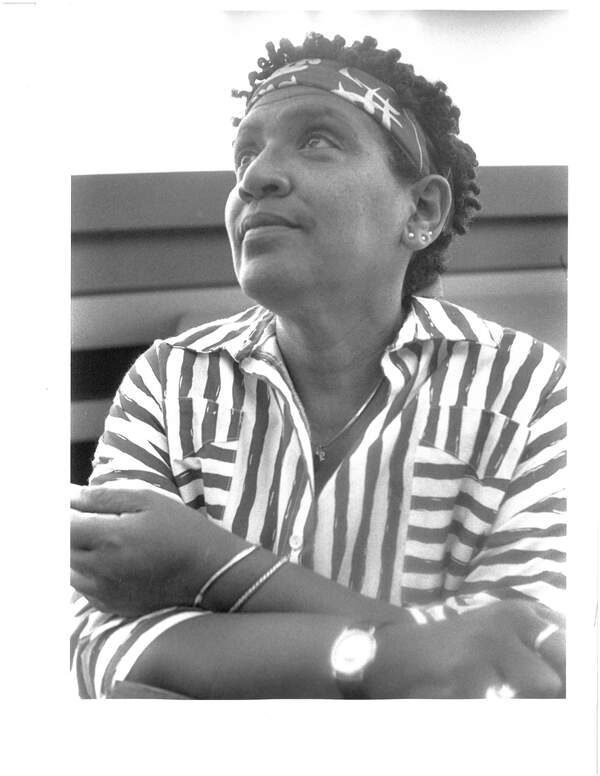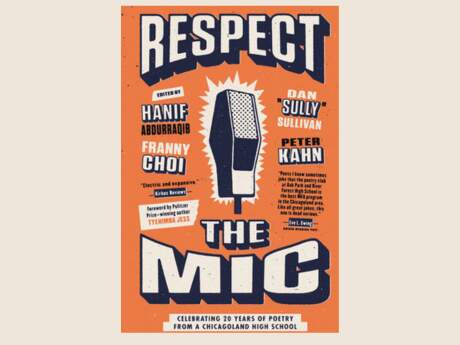On Poetry
On Beauty: Terese Svoboda

Beauty Queen
Beauty is beholding to fashion. Classic beauty is culturally bound. The eye is all.
Every society brings forth its beauties for the Met of Time, bearing its aesthetic revolutions, its 7th chords, its tyranny of abstractions (I know something you don't know) with a modicum of cacophony, considering. Then collectors with their own collections and publishers with bottom-lines open their goods for the next generation to peer into, with their own agendas. Qua beauty, like ducks we are, shot or sitting. Like the secret ingredient in Worcestershire sauce, beauty's a great asset to art. However, the mellifluous can be beautiful—or trite. The metrical delights with anticipation—or dulls. And beauty is sneaky. The most disturbing outpost of sound or writing can be infiltrated, even lack suggests possibility, even chaos theory oozes beauty. Let the jailers of beauty, those word-mincers, look out—beauty is loose among us no matter how denied. Although truth is not always beauty, the reverse is true. Truth, even relativized, we still stop and listen to, like a melody in the twelve tone of our everyday.
I have a dog that is beautiful and two children of absolute beauty. I know the fascination, their Absolut intoxication. It is absolute beauty that we object to, the presence of a scale to scale, an arbiter other than what occurs between the poem and reader, the Beauty Queen. I myself am a sucker for meaning. This is not to say I haven't read meaningless (on the syntactical level) poems that are beautiful, but, for me, they must not not mean too long. For me, meaning is like water—after three days I die without it.
The longing for beauty is human. Does it comes down to simple attraction, ionic perhaps, the hushed syntax of another human, the regularity of the heartbeat, the absence—or presence—of Jungian archetype, the bare tracks on the page? But beauty in general is under info-duress. With so much going on, the lack of beauty around us perhaps indicates we're not so human anymore. "The chatter of the codes," as art historian Rosiland Krauss calls this modern onslaught of more, more, more.
In the creation of beauty, the artist is often out of it, the artist is gone; a big Something Else beyond the artist makes the beauty. After weeks or years of work, beauty arrives on its own, in a huff, as if it had been kept waiting. Or it's a conjure game, hiding where no one thinks to bet on it.
New beauty is always rejected, as in the reception of The Rites of Spring, abstract art, l=a=n=g=u=a=g=e poetry. We have no ear (or eye) for this new beauty or else it has no beauty but for the mind, and the mind, craving beauty, requiring it, finds it, will find it. New beauty is discovered as if it were a country hidden by impassable mountains, shrouded in mist that no plane dares penetrate. And when the poet arrives to announce this Shangri-La, no one speaks Shangri-Laian. (Travelers right behind him). Beauty is blinkered (and brokered) by culture, place and time.
Old beauty, like the new, is also rejected. The ear ages, hears cliché, Frost lines so worn they're rutted. At least poetry in other languages can be retranslated. Sappho waxes eternal. Beauty waxes ephemeral.
Ugly can be good, but not beautiful. Yet beauty must have argument to survive. Unless, in this blighted postmodern world, sameness is the only opposite, a Warholian conundrum.
Originally published in Crossroads, Spring 2001.


